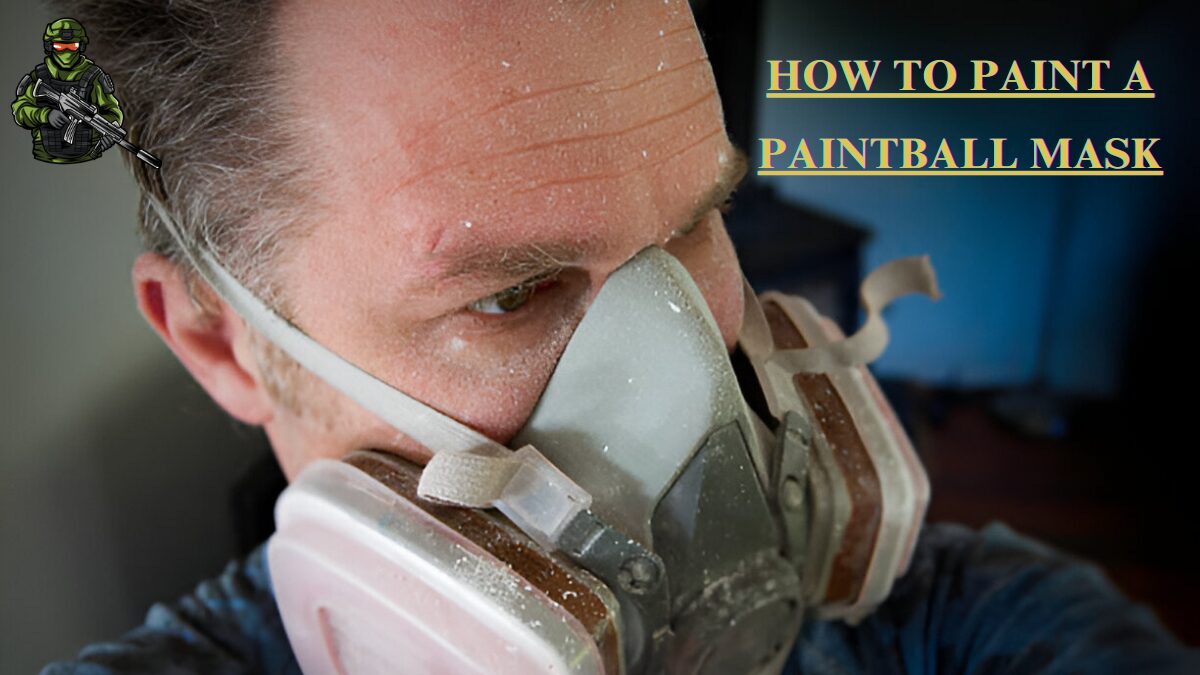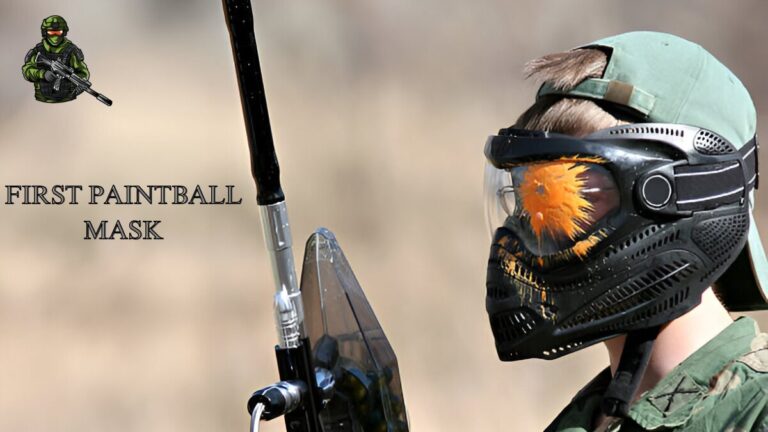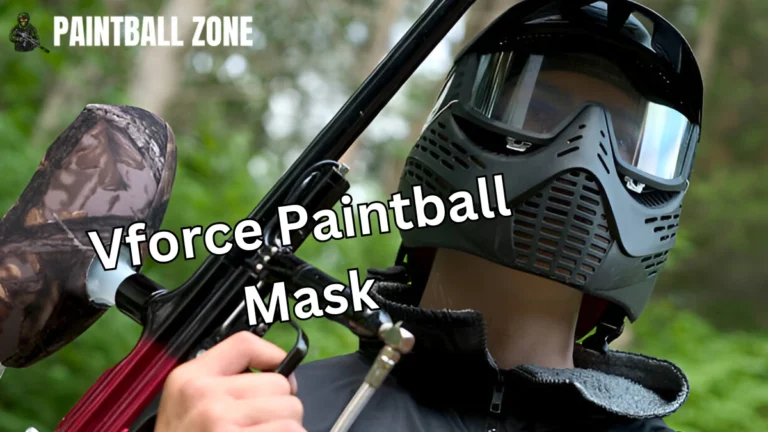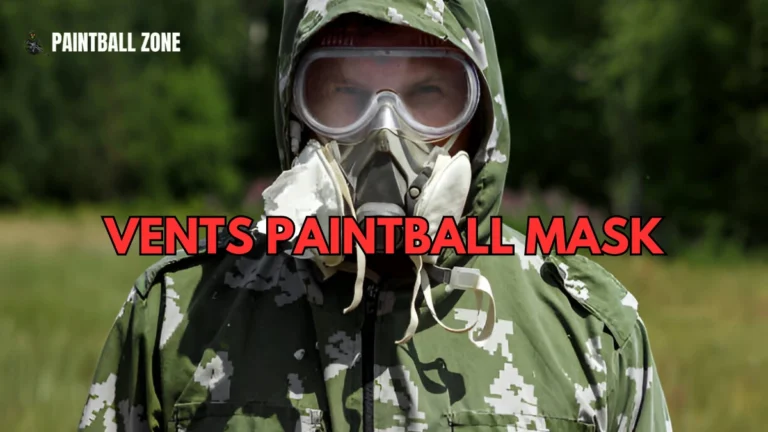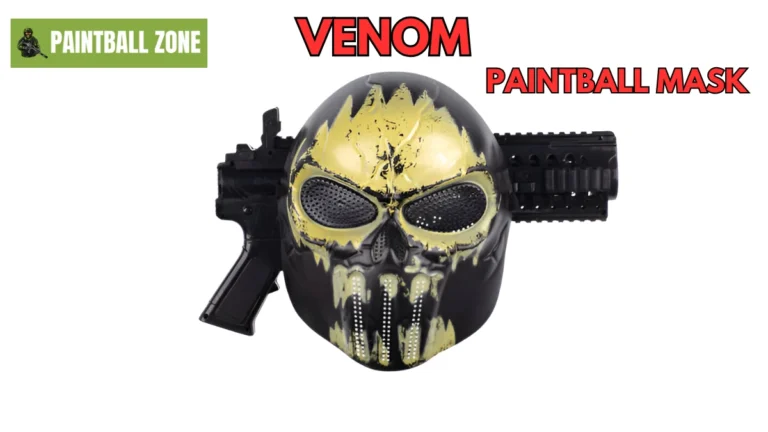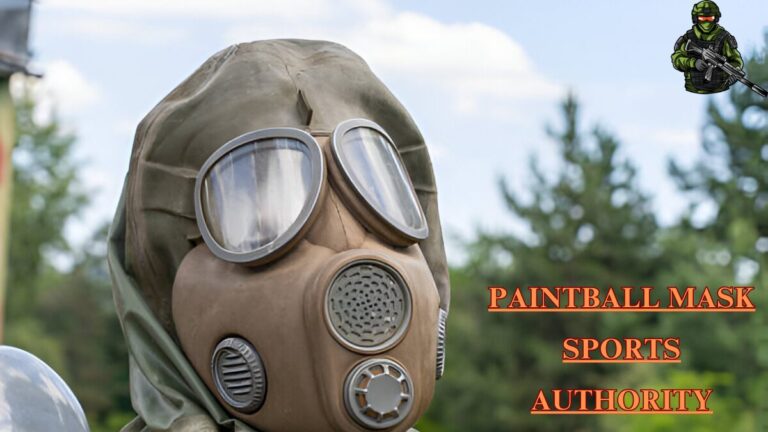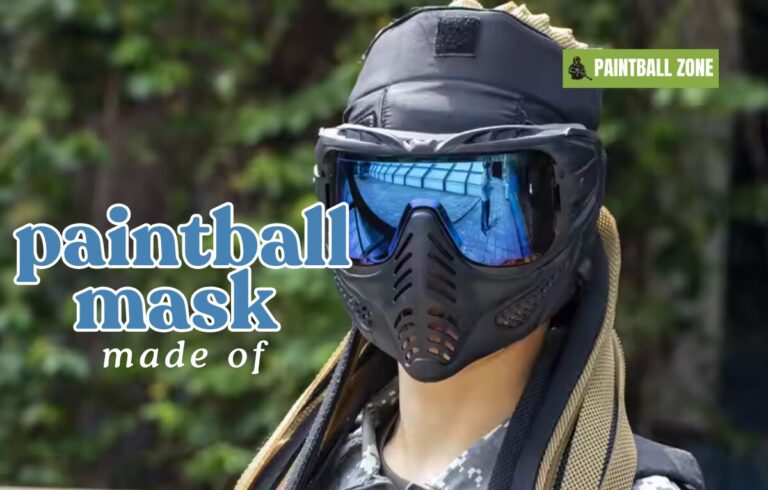How to Paint a Paintball Mask
Personalizing your paintball mask is about more than just aesthetics. A customized mask can boost your confidence on the field, make it easier to identify teammates, and even add a layer of intimidation to your look. This comprehensive guide will cover the tools, techniques, and tips needed to paint your mask like a pro. Whether you’re a beginner or an experienced DIY enthusiast, this guide will ensure you achieve stunning results.
How to Paint a Paintball Mask Materials
Essential Tools and Supplies
- Paint Types: Use acrylic or spray paints specifically designed for plastic surfaces. Brands like Krylon and Rust-Oleum are excellent choices.
- Primer: Ensures the paint adheres properly to the mask.
- Clear Coat: Adds durability and a polished finish.
- Sandpaper: Fine grit (400-600) for surface preparation.
- Masking Tape and Stencils: For protecting areas and creating precise designs.
- Protective Gear: Gloves, goggles, and a respirator to ensure safety during painting.
Optional Tools for Advanced Designs
- Airbrush Kit: Ideal for intricate designs and smooth gradients.
- Vinyl Decals: Adds pre-made designs for an extra touch.
- Paint Pens: Useful for small details.
Cost and Availability of Materials
| Material | Approximate Cost | Where to Buy |
| Spray Paint | $5-$10 per can | Hardware stores, online |
| Primer | $7-$12 per can | Paint shops, online |
| Clear Coat | $10-$15 per can | Specialty stores |
| Sandpaper | $3-$5 per pack | Home improvement stores |
Preparing How to Paint a Paintball Mask
Cleaning the Mask
- Why It’s Important: Dirt and grease can prevent paint from adhering properly.
- How to Clean:
- Wash the mask with warm, soapy water.
- Rinse thoroughly and dry completely.
- Use isopropyl alcohol to remove any remaining residue.
Disassembling the Mask
- Steps:
- Remove the lens to prevent damage.
- Detach straps and other removable parts.
- Keep small components in a labeled container to avoid losing them.
- Tip: Refer to the mask’s manual for disassembly instructions.
Sanding the Surface
- Purpose: Creates a slightly rough texture for better paint adhesion.
- How to Sand:
- Use fine-grit sandpaper (400-600).
- Gently sand the mask in circular motions.
- Wipe away dust with a damp cloth.
How to Paint a Paintball Mask (Applying Primer)
Importance of Priming
- Why Primer Matters: It acts as a base layer, ensuring the paint sticks evenly and lasts longer.
- Best Practices:
- Choose a primer designed for plastic.
- Test on a small, inconspicuous area first.
How to Apply Primer
- Shake the primer can thoroughly before use.
- Hold the can 6-8 inches away from the mask.
- Apply thin, even coats, allowing each layer to dry before applying the next.
- Wait at least 24 hours for the primer to cure fully.
Troubleshooting Primer Issues
- Uneven Coverage: Sand lightly and reapply.
- Drips: Sand off drips once dry and reapply primer in thin coats.
How to Paint a Paintball Mask (Choosing a Design)
Brainstorming Ideas
- Popular Themes:
- Camouflage patterns for tactical players.
- Bright neon colors for visibility.
- Custom logos or team names.
- Inspiration Sources: Look at professional paintball masks, online galleries, or even video game designs.
Creating Stencils
- Materials: Use adhesive vinyl or cardboard.
- Steps:
- Draw or print your design.
- Cut out the shapes carefully.
- Test the stencil on scrap material before using it on your mask.
Freehand vs. Stencils
| Method | Pros | Cons |
| Freehand | Flexible and creative | Requires steady hands |
| Stencils | Precise and consistent | Limited to pre-made shapes |
How to Paint a Paintball Mask
Using Spray Paint
- Techniques:
- Shake the can for 1-2 minutes before use.
- Hold the can 8-12 inches away from the surface.
- Use sweeping motions to avoid drips.
- Tips:
- Apply multiple thin coats rather than one thick coat.
- Allow each coat to dry for 15-20 minutes.
Airbrushing for Detail
- Benefits: Allows for gradients, shading, and intricate designs.
- Steps:
- Mix paint with a thinner if required.
- Practice on scrap material to perfect your technique.
- Use low pressure for detailed work and higher pressure for larger areas.
Hand Painting Small Details on How to Paint a Paintball Mask
- Tools: Use fine-tipped brushes or paint pens.
- Examples of Details:
- Flames, stripes, or logos.
- Personal touches like initials or symbols.
How to Paint a Paintball Mask (Sealing and Protecting the Paint)
Applying a Clear Coat
- Why It’s Important: Protects the paint from scratches, chips, and weather.
- Steps:
- Spray 2-3 thin coats of clear sealant.
- Allow each coat to dry for 30 minutes.
- Let the final layer cure for 24-48 hours.
Maintenance Tips
- Clean the mask with a soft, damp cloth.
- Avoid harsh chemicals that could damage the paint.
- Store in a cool, dry place.
Common Issues and Fixes
- Peeling Paint: Ensure the clear coat is applied evenly.
- Dull Finish: Buff lightly with a microfiber cloth after curing.
How to Paint a Paintball Mask FAQs
What type of paint is best for plastic masks? Acrylic and spray paints designed for plastics work best. Brands like Krylon and Rust-Oleum are highly recommended.
Can I paint over an existing design? Yes, but you must sand and prime the surface first for best results.
How long does the process take? From start to finish, including curing times, it may take 3-5 days.
Is painting a mask safe for gameplay? As long as you don’t paint over the lens or ventilation areas, it’s safe.
Can I remove the paint later? Yes, using a plastic-safe paint remover, but it may damage the surface.
What’s the best way to protect the paint job? Apply a durable clear coat and clean the mask regularly.
How do I avoid paint drips? Apply thin coats and keep the spray can moving.
Can I use glitter or metallic paints? Yes, but seal them with a clear coat to prevent flaking.
Do I need to remove the lens before painting? Absolutely. This prevents damage and ensures clear vision.
What if I’m not good at painting? Practice on scrap material first or use stencils for precision.

